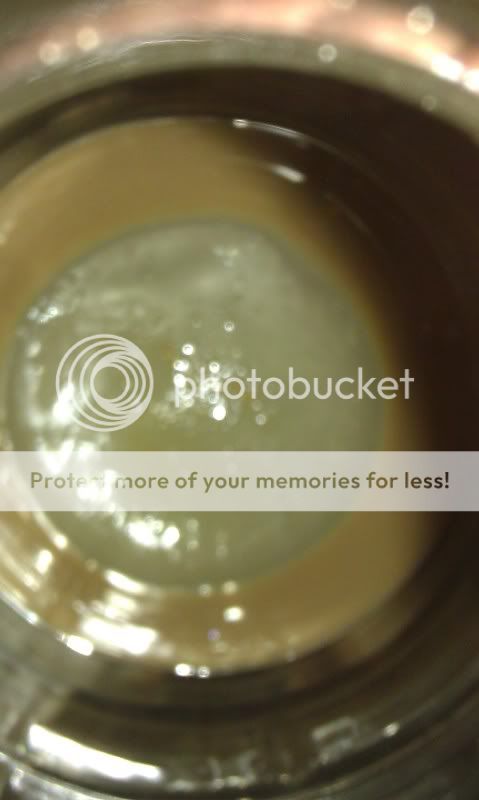I read on here al the time and enjoy a debate anyway so here goes. I KNOW conventional wisdom is that a secondary is a waste of time and unnecessary. I read that the beers are actually more clear with a long primary and no secondary. I am having more and more difficulty buying into that due to a couple of things.
#1 the picture revvy has shown of his bottling bucket in comparison to mine after bottling ( We both employ the same bottling technique but I secondary and he doesn't.) His pic shows quite a bit of trub in the bottom of the bucket post bottling...mine is clean as a whistle.In his defense he intentionally picks up some trub when racking.
#2 are a couple of pics I took tonight of the bottom of my secondary after racking to the bottling bucket. This is after one solid month in Primary under temp controlled conditions then racking to secondary and 4 days of cold crashing. Look at the gunk in the bottom that would have been in my beer had I bottled straight from the primary.



#1 the picture revvy has shown of his bottling bucket in comparison to mine after bottling ( We both employ the same bottling technique but I secondary and he doesn't.) His pic shows quite a bit of trub in the bottom of the bucket post bottling...mine is clean as a whistle.In his defense he intentionally picks up some trub when racking.
#2 are a couple of pics I took tonight of the bottom of my secondary after racking to the bottling bucket. This is after one solid month in Primary under temp controlled conditions then racking to secondary and 4 days of cold crashing. Look at the gunk in the bottom that would have been in my beer had I bottled straight from the primary.













